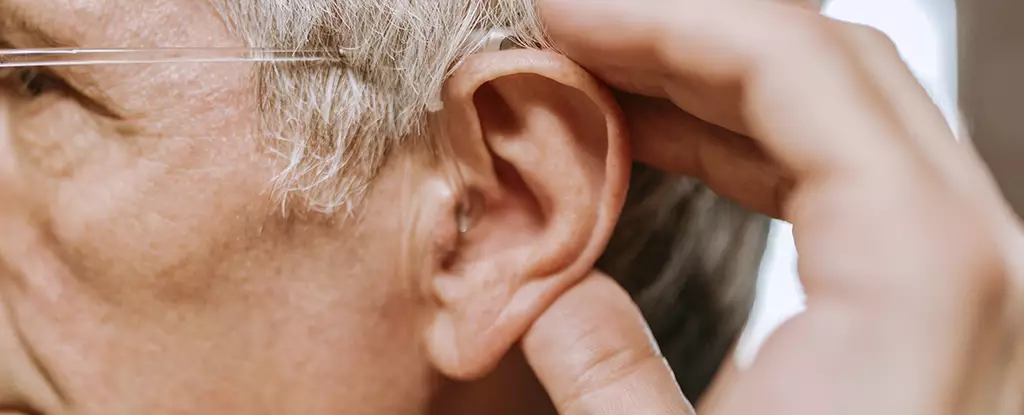Hearing is a complex process that relies on the intricate functioning of the ear, particularly the cochlea, a spiral-shaped organ that plays a vital role in sound perception. Recent research from Yale University, spearheaded by physicist Benjamin Machta, dives into the mechanics of how the cochlea can discern incredibly faint sounds. The study illuminates some of the unknowns surrounding how our auditory system actively manages sound waves, especially when it comes to low-frequency noises—an area that has long eluded comprehensive understanding.
The initial goal of the research was to unravel the mechanisms behind the ear’s ability to tune itself in order to detect subtle sounds without succumbing to instability. Machta and his team’s mathematical models, however, revealed something unexpected: a new set of mechanical modes in the cochlea that support low-frequency sound detection. This discovery opens up a rich dialogue about how the ear filters and processes sound, prompting further inquiry into the underlying principles governing auditory perception.
Within the cochlea, sound waves initiate vibrations that interact with tiny hair-like structures embedded in its membrane. These vibrations are crucial in transforming sound waves into electrical signals that are then dispatched to the brain. Historically, researchers have understood that specific regions of the cochlea could amplify vibrations through a synchronized response, enhancing our ability to hear certain tones. This study, however, uncovers a broader ability of the ear to modulate surface waves across the membrane, finely balancing the cancellation of background noise while ensuring significant sounds are detected.
A pivotal aspect of the findings is the way the cochlea’s basilar membrane—a crucial component in sound detection—functions both independently and collectively. The researchers propose that large sections of this membrane can operate as a cohesive unit for lower frequency sounds. This collective response supports the premise that the cochlea is not merely a linear processor of sound; rather, it adapts dynamically to incoming vibrations, which are crucial for maintaining clarity in sound perception, particularly at varying volume levels.
Understanding how certain low-frequency modes within the cochlea work provides a broader context for the auditory mechanisms involved in hearing. Many hearing issues stem from the failure of these tiny hairs to react appropriately to vibrations, leading to decreased sensitivity to sound or distorted auditory signals. The insights gained from Machta’s research could pave the way for innovative approaches in addressing hearing impairments, especially those related to low-frequency sounds, characterized by frequencies ranging from 20 to 1000 Hz—an area that remains under-explored.
The findings of this research are not merely academic; they possess the potential to inform future studies aimed at exploring the capabilities and limits of low-frequency hearing. The nature of sound processing in the ear can have significant applications in designing more effective hearing aids and therapies for individuals experiencing hearing loss. As noted by Isabella Graf, a biophysicist involved in the study, the ongoing exploration of how the cochlea functions illustrates a broader canvas to develop a detailed understanding of auditory processing.
The research conducted at Yale serves as a cornerstone for further investigations, revealing a layered complexity in how our auditory system operates. By highlighting the role of low-frequency mechanical modes and the adaptive capabilities of the cochlea, this study contributes significantly to our understanding of sound perception. In a world filled with noise, being able to differentiate and focus on faint sounds is a remarkable human ability, one that researchers are continuously working to unravel. As we enhance our understanding of the cochlea’s functions, we unlock new avenues for innovation that could transform auditory health and enrich the lives of those affected by hearing challenges.

Leave a Reply